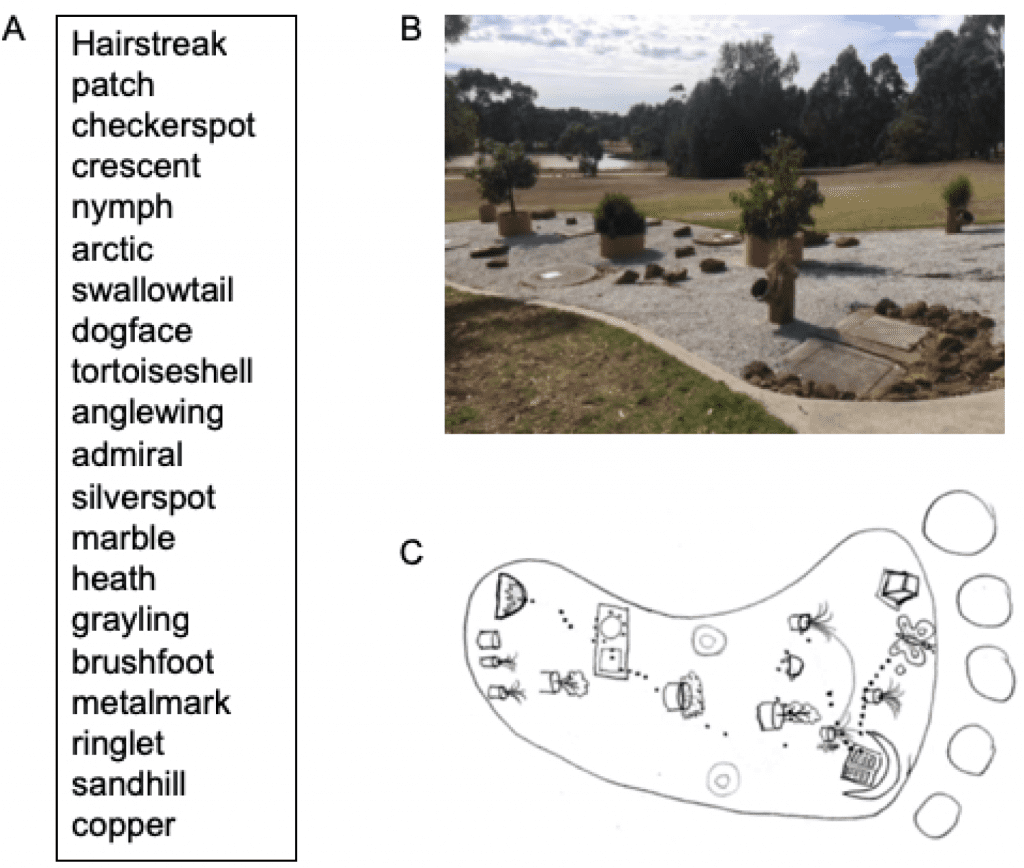In a new study, Australian researchers compared a memorizing technique from the Aboriginal culture to the established technique of the ‘memory palace’. Both fared better than conventional types of learning, but the former came out on top.

There used to be a time when humans didn’t have access to written documents — let alone things like the internet. Everything was passed down orally, from person to person. It paid to have a good memory, and various cultures developed various methods of memorizing things.
Perhaps the most well-known technique — and one that’s still used successfully today — is the method of loci, or as most people call it, the memory palace. The method hinges on the brain’s inclination to memorize images better than other types of facts. You take a place you know well (a house, a city, or a palace if you’re so inclined), and you “place” different facts you want to memorize in that layout. The layout then becomes the structure for the facts, and you recall the facts by revisiting the layout. Ancient Greeks and Romans used and described this method, and it’s still used to this day by people participating in different memory championships.
The Aboriginal culture in Australia developed a different approach. The culture relies heavily on oral stories, and facts like navigation, tool use, and even political relationships were stored orally. The Aboriginal method of memorization also uses the idea of attaching facts to a landscape, but they also add stories that describe the facts and placement to further facilitate recall.
In the study, researchers compared the two methods by training medical students in a rural university to use one or the other. The study was Dr. David Reser, from the Monash University School of Rural Health, and Dr. Tyson Yunkaporta, from Deakin University’s NIKERI Institute.
“Because one of the main stressors for medical students is the amount of information they have to rote learn, we decided to see if we can teach them alternate, and better, ways to memorize data,” Dr. Reser said.
The 76 medical students who participated in the study were split into three groups. All groups received 30 minutes of training: one was trained in the memory palace technique, another in the Aboriginal techniques, and a control group watched a regular video. The students were then asked to memorize 20 common butterfly names as a test. The students were then quizzed 10 and 30 minutes later.
The students who used the Aboriginal techniques (locations + narrative) were 2.8 times more likely to remember the entire list. The memory palace group also showed a marked improvement (2.1 times), while the control group improved by about 50% (1.5 times). The Aboriginal technique group also reported more satisfaction, finding the process more enjoyable.
“Student responses to learning the Australian Aboriginal memory technique in the context of biomedical science education were overwhelmingly favorable, and students found both the training and the technique enjoyable, interesting, and more useful than rote memorization,” the authors explain.
Although it’s a small scale study, it seems to confirm that alternative memorization techniques really can work. Furthermore, it suggests that approaches that are often overlooked (like the Aboriginal techniques) could be even more effective than established methods such as the method of loci.
“In particular the Australian Aboriginal method seems better suited to teaching in a single, relatively short instruction period,” the study also explains.
Even as we have access to an unprecedented wealth of information at our fingertips, there are still plenty of instances where being able to memorize facts on the go is very useful — med school is just one of them.
Researchers hope that once things return to a post-pandemic normal, they can incorporate such techniques into the students’ curriculum.
“This year we hope to offer this to students as a way to not only facilitate their learning but to reduce the stress associated with a course that requires a lot of rote learning,” Reser says.
The study was published in PLoS.






